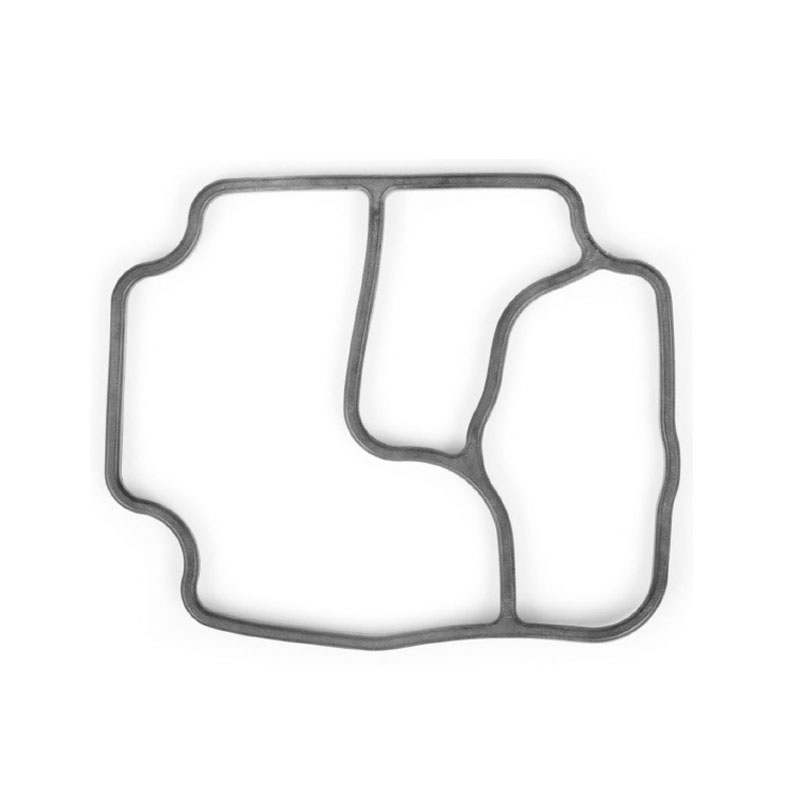Seal Kit for Steering Rack Replacement and Maintenance Guide
Understanding Seal Kit Steering Rack A Comprehensive Guide
The steering rack is a fundamental component of a vehicle’s steering system. It operates by translating the rotational motion of the steering wheel into lateral movement of the wheels. Over time, wear and tear can affect the efficiency and functionality of the steering rack, leading to the necessity for replacement parts, including seal kits. This article delves into the purpose and importance of seal kit steering racks, their components, installation processes, and maintenance tips.
What is a Seal Kit Steering Rack?
A seal kit for a steering rack primarily includes various seals and gaskets crucial for maintaining the integrity of the steering system. These seals prevent the leakage of power steering fluid, which is essential for smooth steering operation. The seal kit plays a pivotal role in ensuring that the steering system functions effectively, providing drivers with better control and responsiveness.
Components of a Seal Kit
Typically, a seal kit for a steering rack comprises
1. O-Rings These are circular seals that prevent fluid from leaking at joints and connectors, ensuring a tight fit. 2. Dust Seals Protect the inner workings of the steering rack from dirt, debris, and moisture, thereby prolonging its lifespan.
3. Fluid Seals Designed specifically for high-pressure applications, these seals help to maintain hydraulic pressure necessary for the operation of the steering system.
4. Gaskets Used to create a seal between the steering rack housing and other components, ensuring there is no leakage during operation.
Importance of Seal Kit Maintenance
Proper maintenance of the seal kit within a steering rack is vital for several reasons
- Prevention of Fluid Leaks A worn-out seal can lead to leaks, which can significantly impact steering performance
. Fluid loss can make the steering unresponsive, leading to safety hazards.seal kit steering rack

- Cost-Effectiveness Regular inspection and timely replacement of seal kits can save vehicle owners from expensive repairs. Ignoring a failing seal can lead to more significant issues, requiring complete steering rack replacement.
- Improved Vehicle Performance A well-maintained steering system ensures smooth handling and improved performance, contributing to a better driving experience.
Installation Process
Installing a seal kit in a steering rack typically requires some mechanical know-how. Here is a simplified guide to the process
1. Preparation Before starting, gather all necessary tools, including a jack, wrenches, screwdrivers, and the seal kit itself.
2. Removal Safely lift the vehicle and remove the steering rack from the car. This might involve disconnecting other components for accessibility.
3. Disassembly Carefully disassemble the steering rack and take note of the arrangement of components.
4. Replacement Remove the old seals and clean the surfaces thoroughly. Install the new seals from the kit, ensuring each is seated properly.
5. Reassembly Reassemble the steering rack, following the disassembly notes. Ensure all bolts and screws are tightened to the manufacturer’s specifications.
6. Reinstallation Once reassembled, reinstall the steering rack into the vehicle, reconnecting all necessary components, and refill the power steering fluid.
Conclusion
The seal kit for a steering rack serves as a vital safeguard for the steering system's efficiency and longevity. Regular inspection, maintenance, and timely replacement of the seal kit can lead to a smoother driving experience, reduced maintenance costs, and improved safety. Understanding the importance of these components empowers vehicle owners to make informed decisions regarding their automotive care. Keeping the steering rack in optimal condition is essential for ensuring that you have a reliable and safe driving experience.
-
The Ultimate Guide to Boat Propeller Bearings and Trailer Wheel Bearings
News Jul.31,2025
-
The Essential Guide to Marine Bearings and Boat Trailer Wheel Bearings
News Jul.31,2025
-
The Complete Guide to Heavy Duty Seals: Protecting Doors and Spaces Efficiently
News Jul.31,2025
-
Essential Guide to Marine Shaft Bearings and Boat Trailer Axle Bearings
News Jul.31,2025
-
Comprehensive Guide to Marine and Trailer Bearings for Safe Boating and Transport
News Jul.31,2025
-
Comprehensive Guide to Automotive Oil Seals: Protecting Your Engine and Shafts
News Jul.31,2025
-
Understanding Automotive Oil Seals: Essential Components for Engine and Shaft Protection
News Jul.30,2025
Products categories















